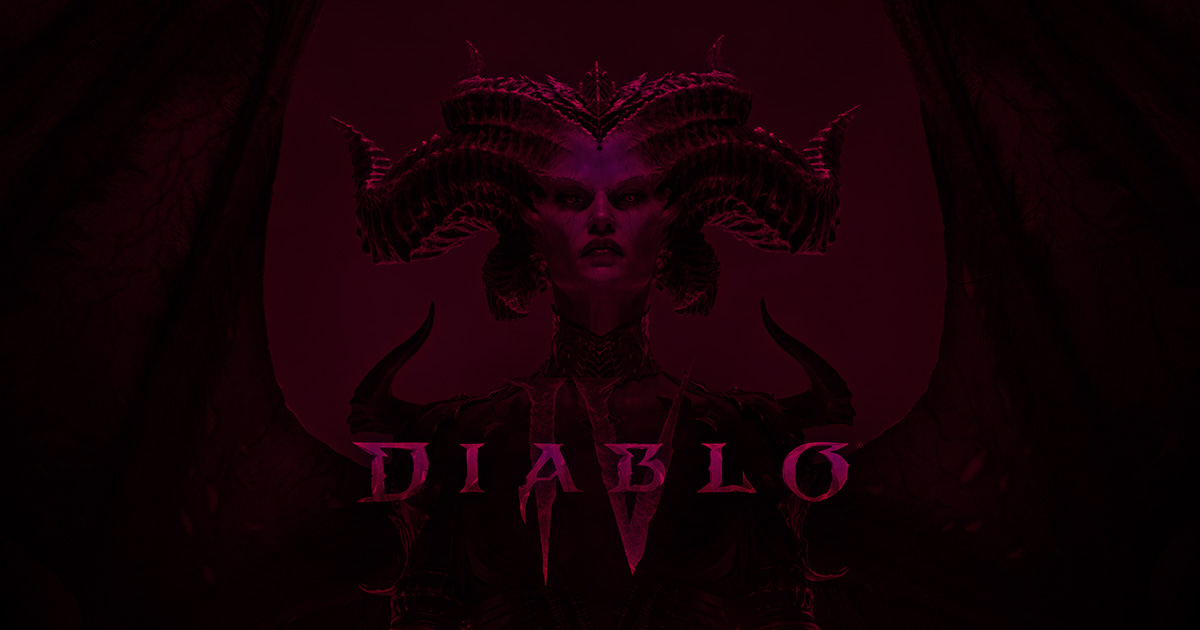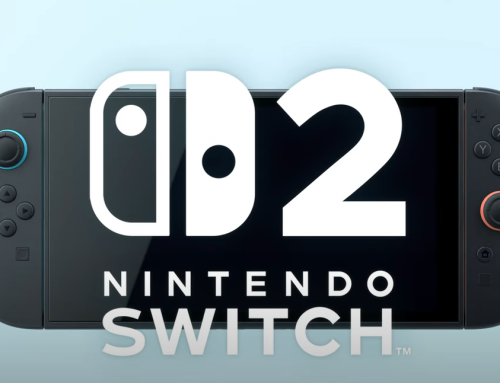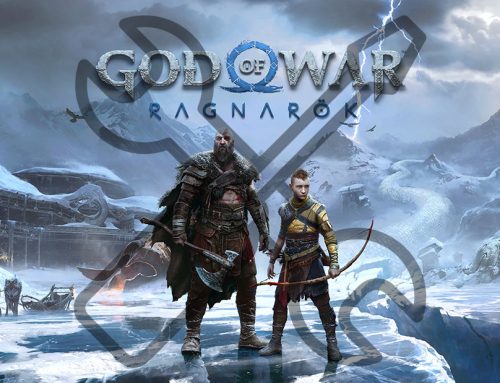Blizzard Entertainment recently disclosed staggering figures about player spending on microtransactions across their games. The gaming giant, responsible for popular titles like World of Warcraft, Overwatch, and Diablo, revealed how much players have spent on in-game purchases. As microtransactions continue to be a highly debated topic in the gaming community, these numbers shed light on just how integral they are to the modern gaming experience.
Diablo 4 Microtransactions Exceed $150M
One of the most eye-opening revelations came from Diablo 4. According to Harrison Froeschke, Senior Product Manager at Blizzard, the action RPG has exceeded $1 billion in total revenue, with microtransactions contributing over $150 million. Froeschke, who led the monetization strategy, shared these impressive figures on his LinkedIn profile before the post was made private. He played a key role in shaping the in-game store’s cosmetics, pricing, personalized discounts, and bundle offers, which collectively drove significant revenue for the title.
Blizzard’s strategy with Diablo 4 has proven to be highly effective, making it the company’s fastest-selling game of all time. This underscores the growing trend of microtransactions becoming a core part of a game’s financial model.
Microtransactions: A Core Revenue Model for Blizzard
Microtransactions have become a primary revenue stream for Blizzard, especially with the rise of free-to-play games. Instead of relying solely on game sales, Blizzard has mastered the art of in-game purchases, offering players cosmetic items, in-game currency, and other enhancements. In 2023 alone, players spent over $XX billion on Blizzard’s in-game purchases. This massive sum highlights the growing trend of gamers investing heavily in virtual goods.
Why Are Players Spending So Much?
The reasons behind such significant spending vary. Some players view microtransactions as a way to personalize their gaming experience, while others are motivated by the desire to progress faster or gain a competitive edge. Blizzard’s introduction of “loot boxes,” where players purchase randomized rewards, has also been a controversial but highly profitable feature.
Blizzard has also tapped into seasonal events and limited-time offers, encouraging players to spend more. These promotions create a sense of urgency, leading to impulsive purchases that add up over time.
Popular Games Driving Revenue
Among Blizzard’s portfolio, certain games stand out as the top earners in microtransactions:
- World of Warcraft: As one of the oldest MMORPGs, WoW continues to generate substantial revenue from in-game purchases. Players frequently buy character boosts, mounts, pets, and various cosmetic upgrades.
- Overwatch: Overwatch’s loot box system has been a consistent money-maker. Players purchase loot boxes for a chance to unlock new skins, emotes, and sprays.
- Diablo Immortal: Despite its controversial launch, Diablo Immortal has been a massive success in terms of microtransactions. Players can spend on everything from legendary crests to gems and orbs, which help power up their characters.
The Debate: Are Microtransactions Beneficial or Harmful?
Microtransactions are often a double-edged sword. On the one hand, they allow developers like Blizzard to continue supporting games long after their release. In many cases, these purchases help fund new content, updates, and maintenance.
However, many critics argue that microtransactions, especially in games with loot boxes or pay-to-win elements, can harm the player experience. These critics believe that monetizing in-game progression or rewards gives an unfair advantage to those willing to spend more, alienating players who can’t afford to do so. Moreover, some players express concern about the addictive nature of these purchases, comparing loot boxes to gambling.
The Future of Blizzard’s Microtransaction Strategy
As Blizzard looks to the future, it’s clear that microtransactions will remain a key part of their business model. With games like Overwatch 2 and Diablo 4 on the horizon, we can expect new forms of in-game purchases designed to entice players. However, Blizzard may also need to balance this strategy with growing regulatory pressures and player backlash against predatory microtransactions.
Blizzard’s revenue from microtransactions is a testament to how far the gaming industry has evolved. While these in-game purchases are controversial, they have proven to be a lucrative business model that helps fund the development of future games. As the debate around microtransactions continues, it will be interesting to see how both Blizzard and players navigate this evolving landscape.




